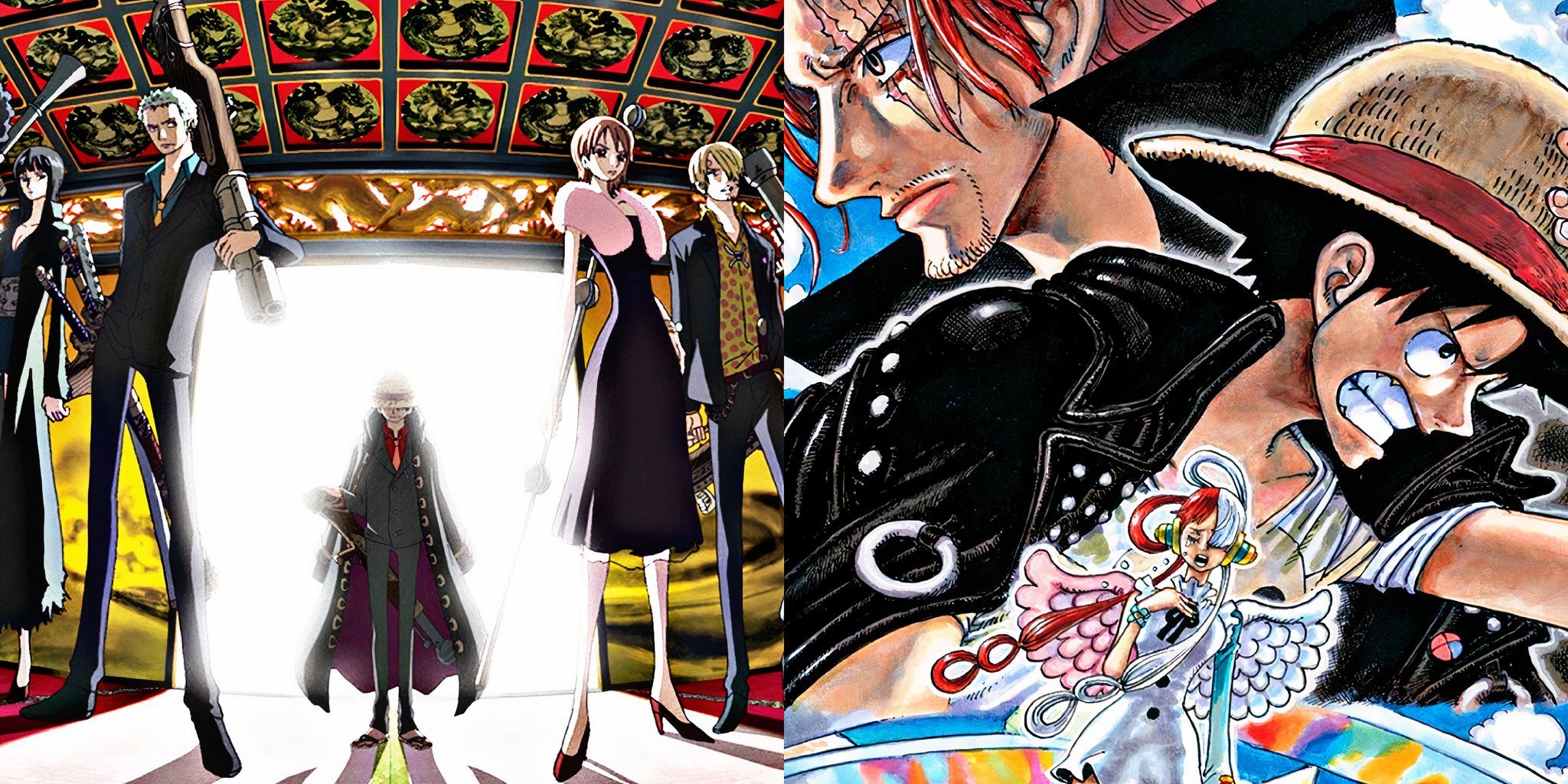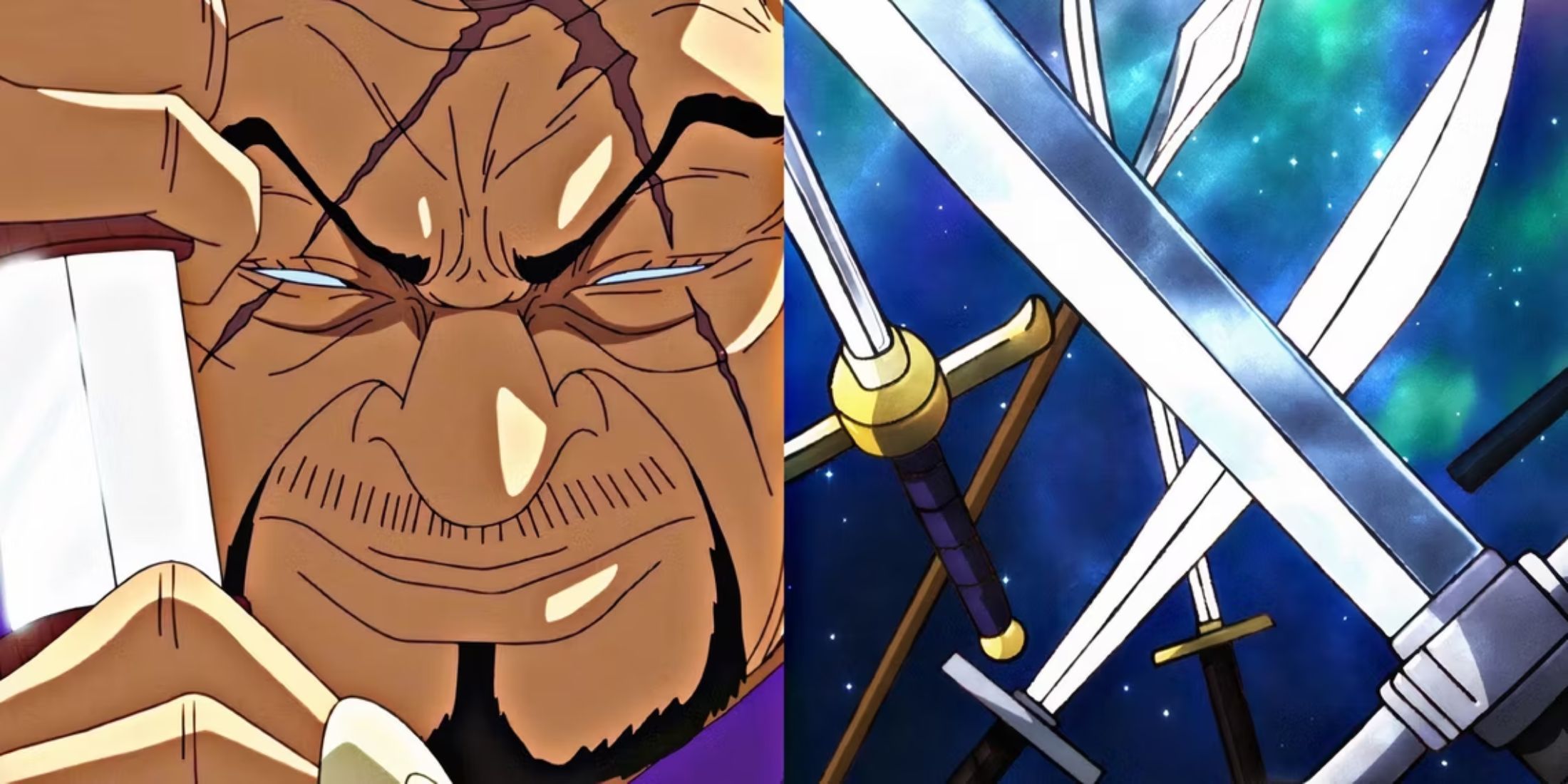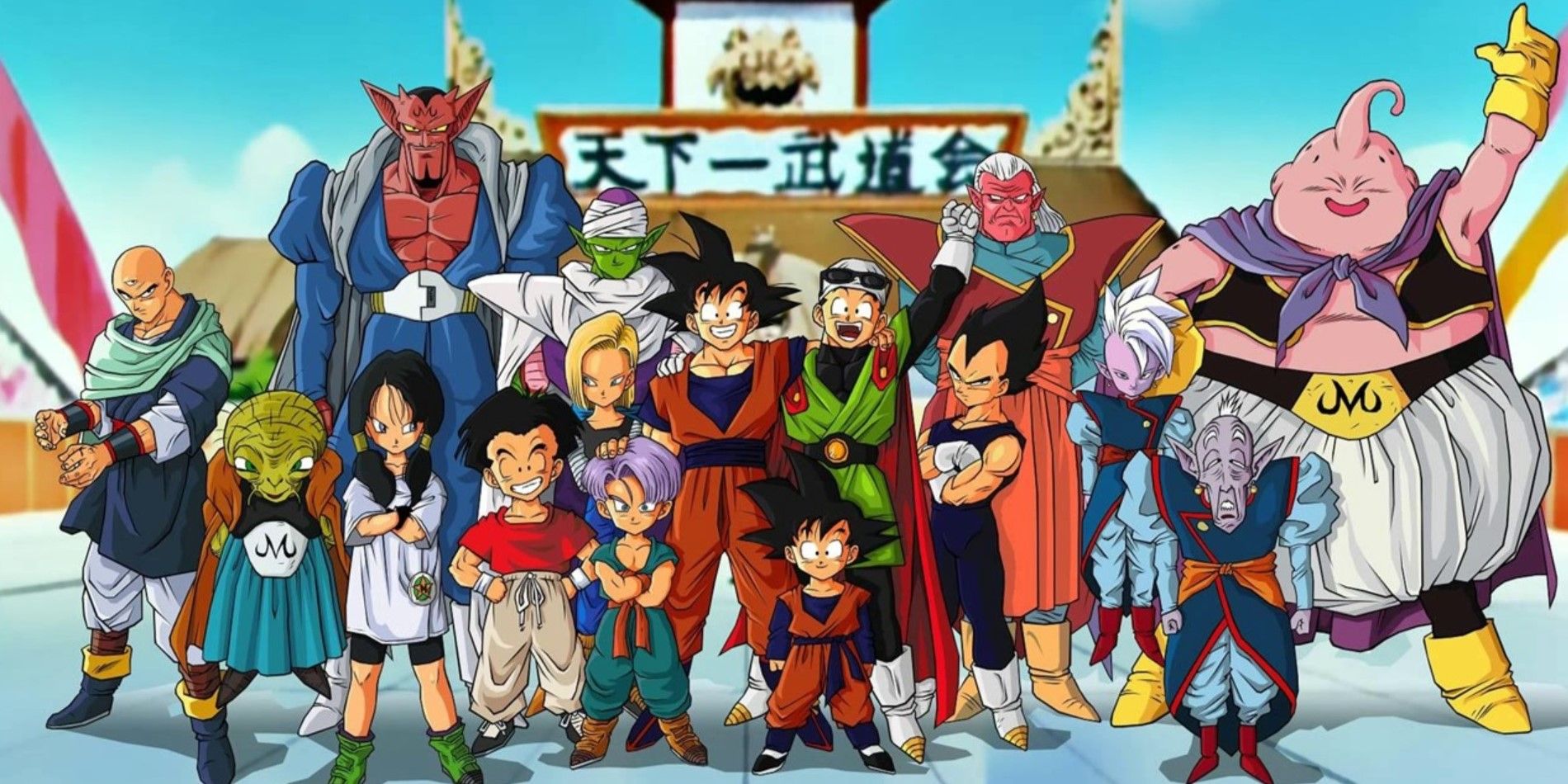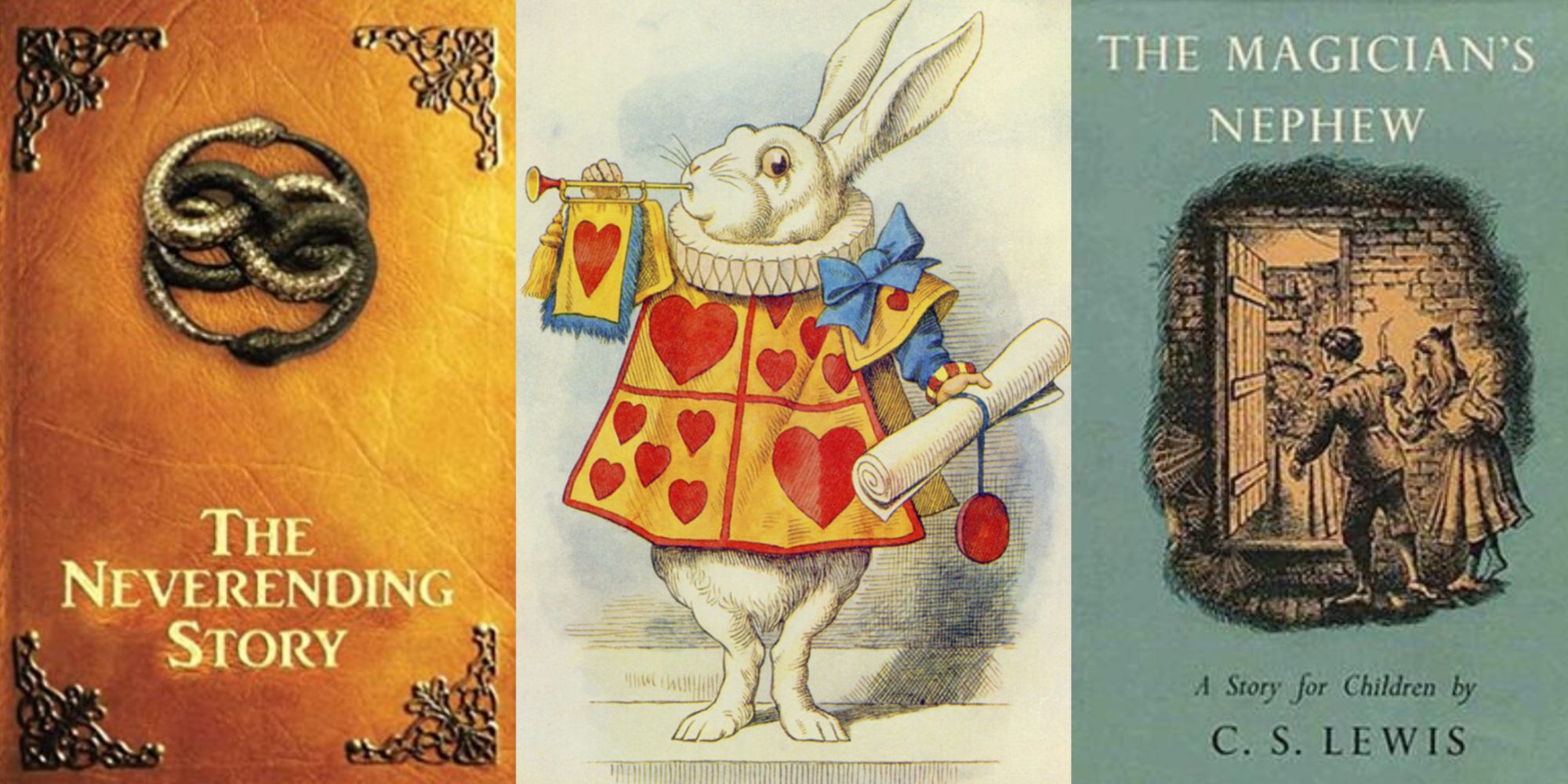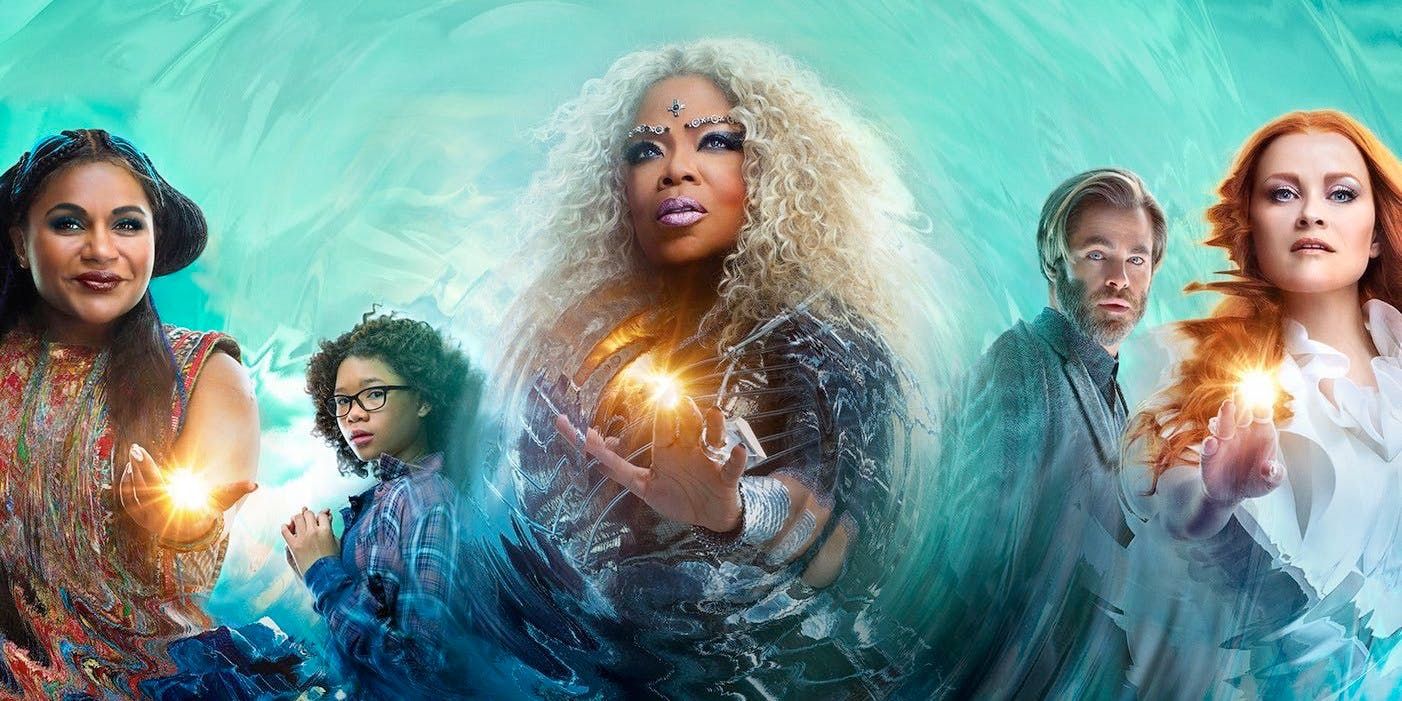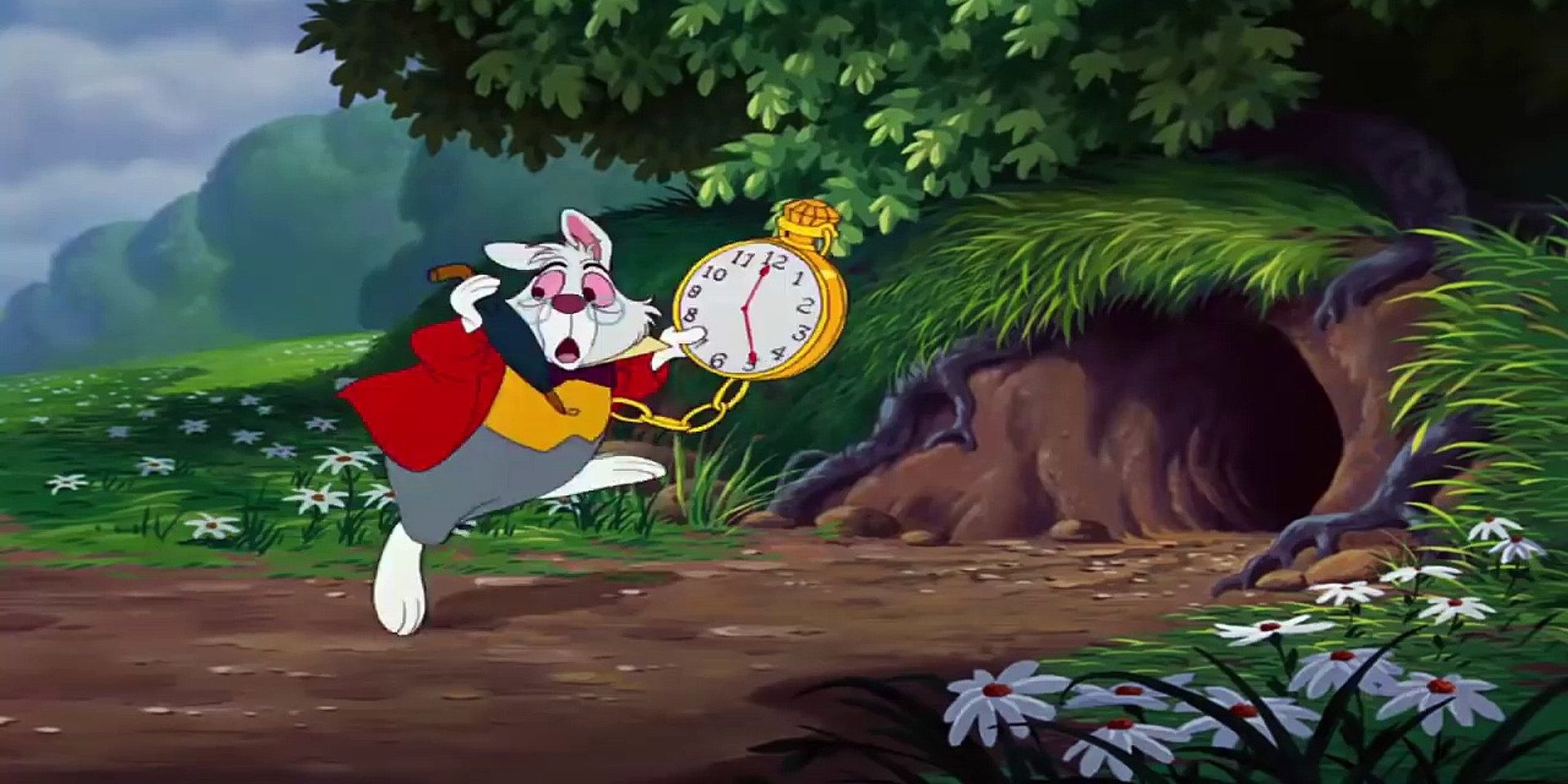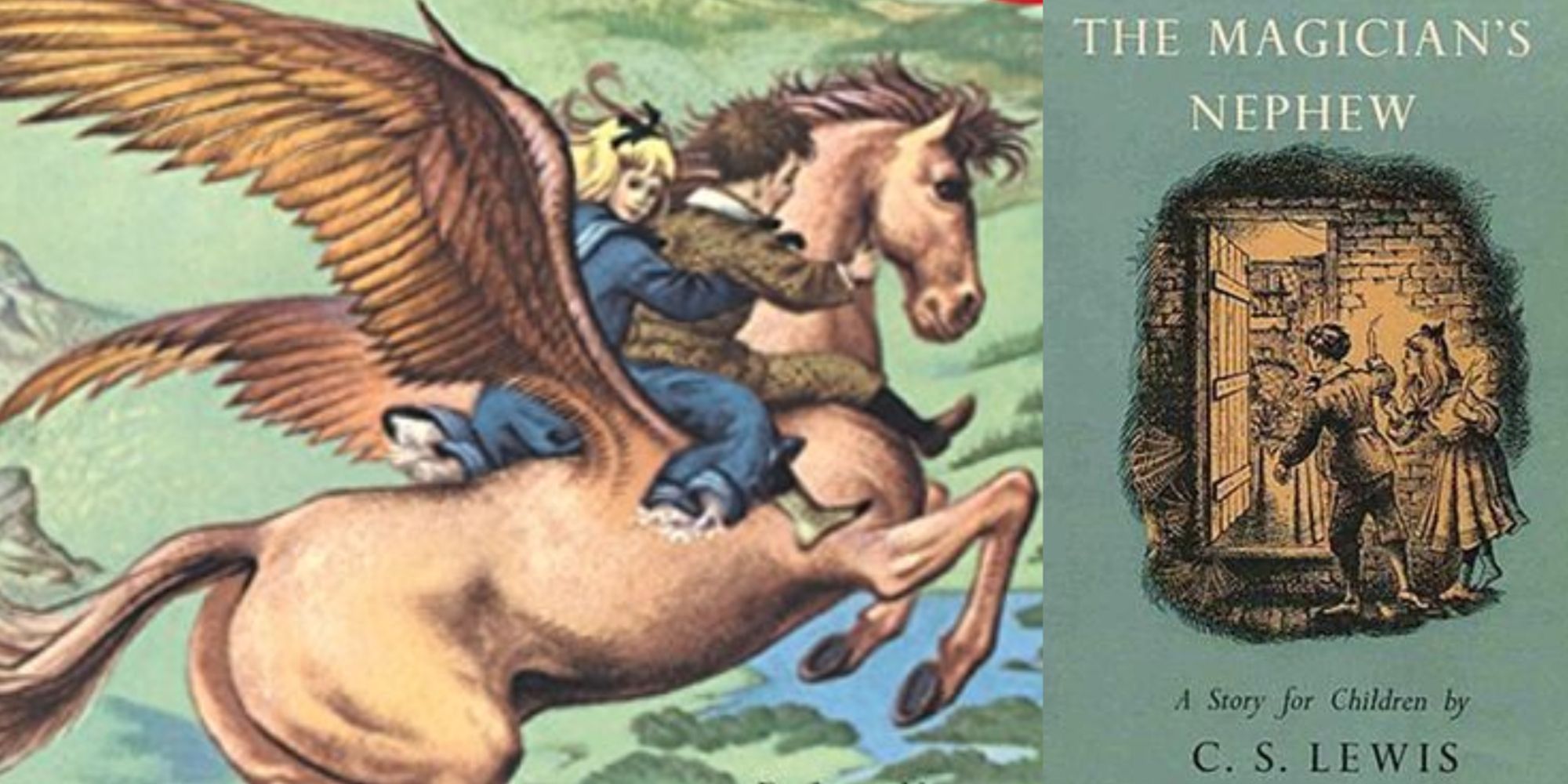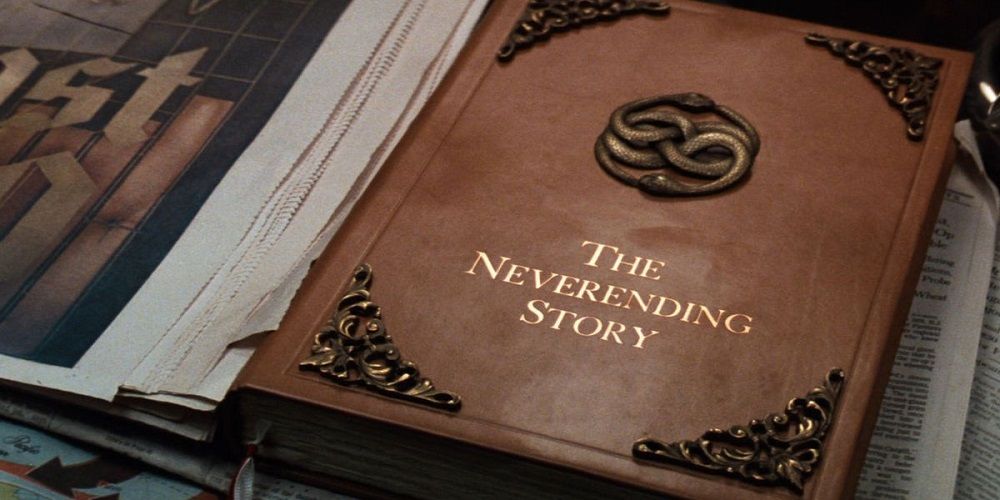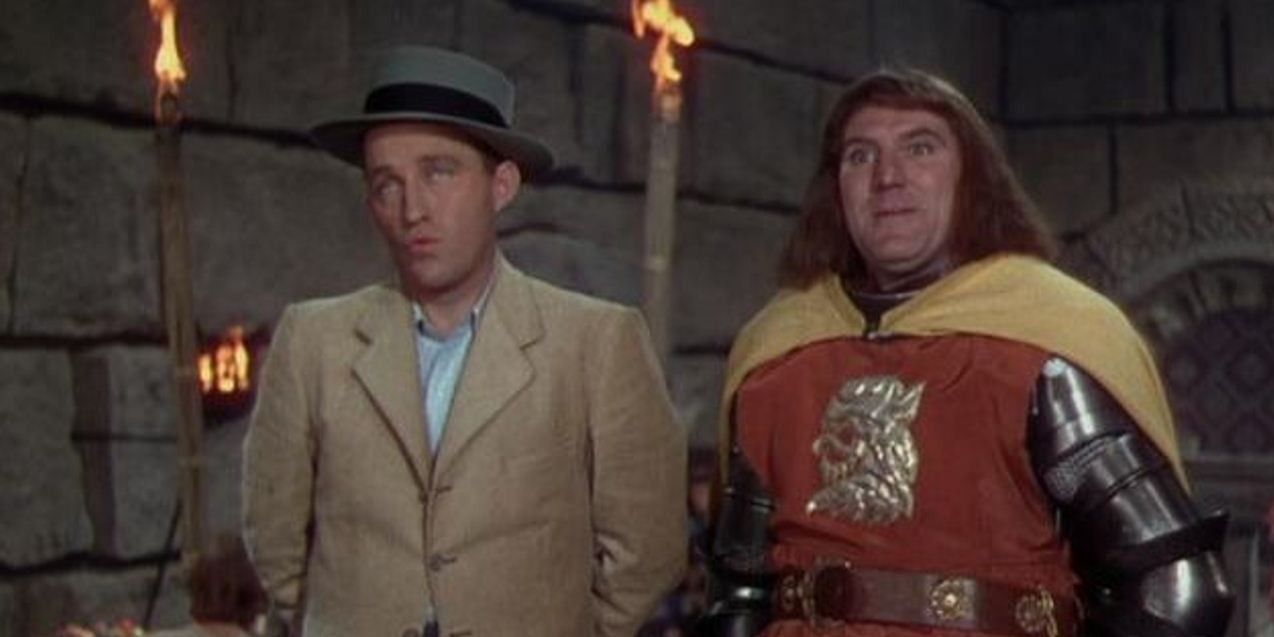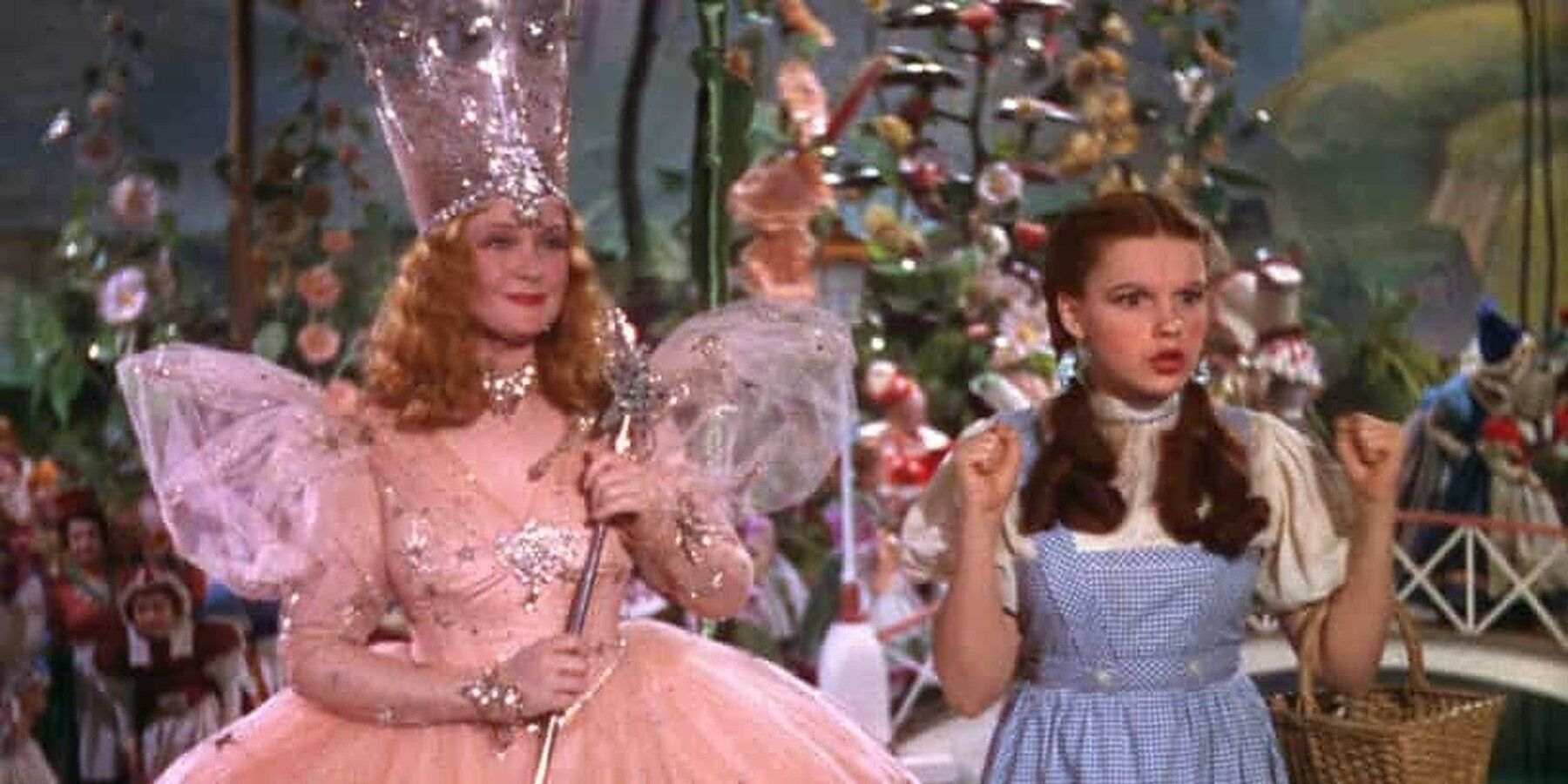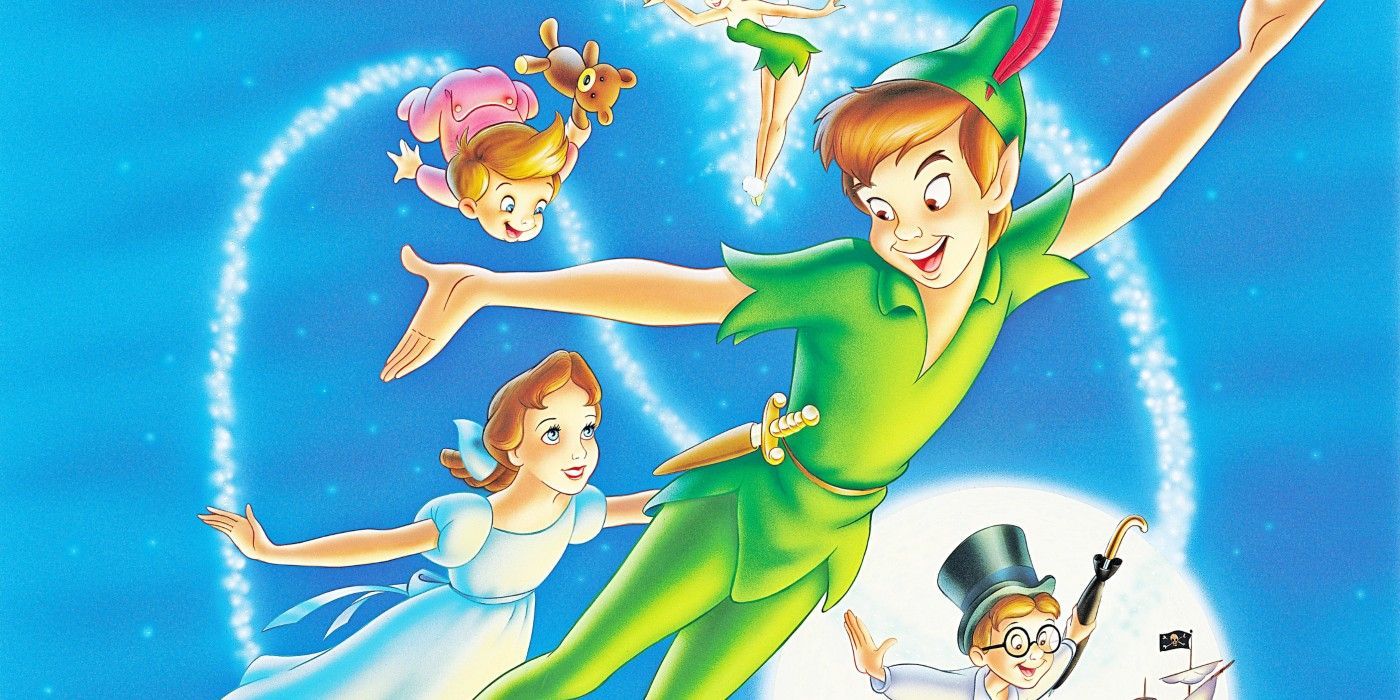Isekai is a Japanese word that means "different world" or "other world" and, in the anime universe, it's a rich and varied genre that includes some famous titles. Isekai is most well-known as a type of anime but it's any type of fiction in which the main characters are transported into another world, usually via some kind of magical doorway.
In western media, this is also known as "portal fiction" because the characters are brought to another world via a portal, which can come in a wide variety of forms. There's a lot of western literature that could be considered isekai, and no doubt many anime creators looked to these books for inspiration when creating their own other worlds.
7 A Wrinkle In Time, Madeline L'Engle
"Speaking of the way, by the way," the mysterious Mrs. Whatsit chatters, "there is such thing as a tesseract." A Wrinkle In Time dabbles in both science fiction and fantasy, and a tesseract is a way to travel using dimensional portals. Meg, her brother Charles Wallace, and tag-along character Calvin discover what and how a tesseract is and how it works by experiencing it firsthand.
After the kids are pulled through one of these fifth-dimensional portals, they find themselves in a dystopian society ruled by one big Brain. The nature of this malevolent entity also holds the key to Meg's father, and his sudden disappearance while working on a top-secret, mega-advanced scientific experiment.
6 Alice In Wonderland, Lewis Carroll
This could be where isekai was born when it came to western literature, and the images from the book have become pop culture icons. Alice in Wonderland was written in 1865, and, at the time, was classified as part of the "literary nonsense" genre. This term described a book that would play on words and contain surreal or fantastic situations since the whole concept of fantasy was still the stuff of fairy tales.
Even people who have never read the book know that Alice follows a white rabbit down a hole and finds herself in Wonderland. Like an old-school fairy tale, this isn't the stuff of happy dreams but twisted moral lessons and sordid nightmares. Carroll intended the book to entertain and satirize, not instruct, and broke from tradition in this regard too.
5 The Magician's Nephew, C. S. Lewis
Most people are more familiar with the chronological sequel to this book which is also a great example of isekai: The Lion, The Witch, and The Wardrobe. Although it was released later, The Magician's Nephew predates the adventure of the Pevensie children and reveals how Lucy found Narnia in the first place.
It's also a war story about a child losing his parents, but thanks to a wacky uncle who was playing with magic rings, the main character Digory has a chance to save his family. He witnesses the creation of Narnia and faces down the sorceress Jadis, and his souvenir, in the end, is an apple. It doesn't seem like much, but the core of that apple became a tree, with exceptional fruit, and when a storm brought it down years later the wood made a lovely wardrobe.
4 The Neverending Story, Michael Ende
Bastion Balthazar Bux doesn't exactly step through a portal, but the book could have been the portal once he said the magic word, the new name for the Childlike Empress. It might have also been the world breaking after the Old Man's Egg was smashed, but, either way, Bastion found himself in the world of Fantastica. Everything he imagines comes true and that's just as horrible as it sounds.
Like most isekai literature, the power of creation that Bastion wields comes with consequences, some of which are both permanent and deadly. The movie adaptation that was released in 1984 only covers a portion of the book and leaves out the entire second half, which describes the time that Bastion actually spent in the "other world."
3 A Connecticut Yankee In King Arthur's Court, Mark Twain
It's not exactly time travel, because the legend of King Arthur is just that. Although there was a king that united the tribes of England under one banner at some point in history, whether or not it was Arthur or if he even existed is a matter for debate. In this comedic story that gave the world fantasy comedy, engineer Hank Morgan finds himself in the land of knights and wizards after being hit on the head. The reader is just expected to go with it because of reasons.
Instead of throwing a panic attack and focusing on getting home, he uses his modern knowledge to con his new peers into thinking he's a wizard and becomes a rival to Merlin himself, who it turns out is also a charlatan. Twain loved fish-out-of-water stories, and he was good at them. It could be argued that The Prince and The Pauper, a story in which a noble and a peasant switch places, is also a kind of isekai.
2 The Wonderful Wizard Of Oz, Frank L. Baum
It was Alice In Wonderland meets steampunk, made famous and slightly misrepresented by the iconic movie adaptation that starred Judy Garland. The title was changed slightly to The Wizard Of Oz and the shoes in the book are silver, not ruby, since the set designers and costuming people thought red looked better on camera.
There's a huge series about the Land of Oz that was prompted by the success of the first book, which was written in 1900 and was followed by 13 more novels and even more short stories. There have been Broadway plays and other theatre productions based on the franchise as well. It was a taste of things to come for the fantasy genre and pop culture.
1 Peter Pan, J.M. Barrie
The way to get to Neverland has become an axiom, repeated in movies and television countless times: "Second star to the right and straight on 'til morning." It's Wendy and her siblings that step through the portal in this case, with the perpetually youthful Peter Pan as their guide.
The name of the main character comes from the Greek god Pan and the name of a child that came under Barrie's care after his mother died, Peter. There are some fan theories about the symbolism of Neverland and his companions the Lost Boys, but when a person reads the 1911 book it just feels like a fun but cheeky isekai novel about the wild imagination of childhood.

